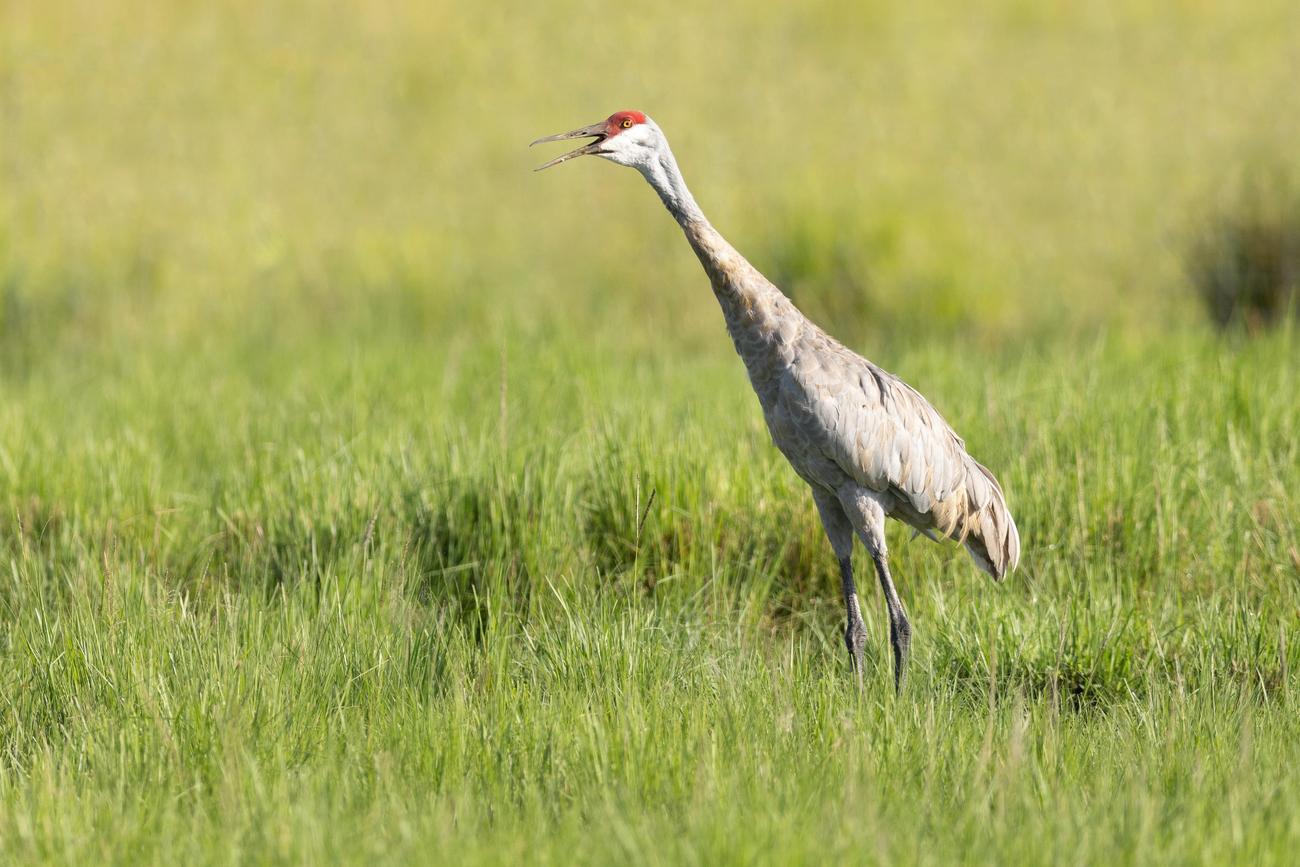Unraveling the Mystery: Do Cranes Have Teeth?

Step into the enchanting world of cranes, where their elegance and grace capture the imagination of nature enthusiasts worldwide. Yet, amidst their mesmerizing aerial acrobatics and intricate courtship rituals, one question lingers: do cranes have teeth? As a seasoned wildlife biologist specializing in avian species, particularly cranes, I have dedicated my career to unraveling the mysteries surrounding these majestic creatures. With a keen eye for detail and a deep understanding of crane anatomy, I invite you to join me on a captivating journey as we delve into their intriguing dental adaptations and explore the significance of these tooth-like structures. Get ready to uncover the secrets hidden within the beaks of these magnificent birds and discover the hidden wonders within their enigmatic dental anatomy.
Do Cranes Have Teeth?
As a seasoned wildlife biologist with a deep understanding of crane anatomy, I am often asked one intriguing question: Do cranes have teeth? Let’s unravel the mystery behind the dental anatomy of these majestic birds.
When we think of birds, we typically imagine their beaks as their primary tool for feeding. While this is true for most bird species, there are some fascinating exceptions, and cranes happen to be one of them. Contrary to popular belief, cranes do not possess actual teeth like mammals do. Instead, they possess specialized structures called “tooth-like serrations” on the edges of their beaks.
These tooth-like serrations are sharp and pointed, resembling the appearance of teeth. They serve as an evolutionary adaptation to meet the dietary needs of cranes. These serrations are particularly prominent in certain crane species, such as the crowned cranes and wattled cranes, which have longer beaks.
So, why do cranes have these tooth-like serrations on their beaks? These structures play a crucial role in the feeding habits of cranes. Cranes primarily feed on plant matter, including seeds, grains, and insects. The serrations on their beaks enable them to grasp and manipulate their food more effectively. It’s akin to using a pair of tweezers to pick up small objects with precision.
Imagine trying to eat a plate of spaghetti with a pair of chopsticks. The teeth-like serrations function similarly—they enable cranes to delicately pick up tiny seeds or pluck insects from various surfaces. This allows them to feed more efficiently and helps satisfy their unique dietary requirements.
However, it is important to note that not all crane species have these tooth-like serrations. Some cranes, such as the sandhill crane and whooping crane, have shorter beaks and lack these specialized structures altogether. They rely on other adaptations, such as probing in the mud for insects and small aquatic organisms.
In conclusion, while cranes do not possess actual teeth, they do have tooth-like serrations on the edges of their beaks. These serrations are not used for chewing or tearing flesh like mammalian teeth. Instead, they serve as specialized tools that aid cranes in their feeding habits, allowing them to grasp and manipulate their food with precision.
So, the next time you observe a crane delicately plucking seeds or insects with its beak, take a moment to appreciate the fascinating dental adaptations that enable these graceful birds to thrive in their natural habitats. The tooth-like serrations on their beaks are a testament to the intricate wonders of evolutionary adaptations.
Cranes are fascinating creatures that have captivated humans for centuries. Did you know that some crane species can grow as tall as 6 feet? That’s taller than most humans! If you’re interested in learning more fun facts about cranes, click here: fun facts about cranes. You’ll be amazed by their incredible wingspan and their graceful movements. Discover why cranes are not only majestic birds but also symbols of luck and longevity in many cultures. Don’t miss out on this opportunity to dive into the world of cranes and uncover their enchanting secrets.
tiny teeth. – The purpose of these serrations is to help cranes catch and consume their food, especially small fish and amphibians. – The serrations act as a gripping mechanism, allowing cranes to hold onto their slippery prey. – These “tooth-like” serrations are a unique adaptation that cranes have developed over time, helping them thrive in their aquatic habitats. – Despite their resemblance to teeth, these serrations are not actual teeth and do not serve the same functions as the teeth found in mammals. – Cranes, like other birds, do not have the ability to chew their food. Instead, they swallow their prey whole or tear it into smaller pieces using their beaks. – The tooth-like serrations on their beaks play a crucial role in capturing and securing their prey. – In addition to their serrated beaks, cranes also have long, sharp nails on their feet, which they use to catch and hold onto their prey. – These adaptations, including the serrated beak and sharp nails, make cranes highly effective hunters in their aquatic environments. – Overall, cranes are remarkable birds with unique adaptations that allow them to thrive and survive in their natural habitats. Their tooth-like serrations on their beaks are just one of the many fascinating features that make them such fascinating creatures to study and admire.
[youtube v=”QGR5yOrChMA”]

FAQ
Q: Do cranes have teeth?
A: No, cranes do not have teeth. They have evolved to have beaks that are specifically adapted for their diet and feeding habits.
Q: What is the purpose of the tooth-like structures found in some crane species?
A: The tooth-like structures found in some crane species, such as the wattles on the beak of the Sarus Crane, are not actual teeth. They are believed to have evolved as displays of dominance or possibly play a role in courtship rituals.
Q: How do cranes feed without teeth?
A: Cranes feed by using their strong beaks to catch and hold onto their food. They primarily eat plant matter, insects, small mammals, and amphibians, which they swallow whole or tear apart using their beaks and powerful neck muscles.
Q: Are there any evolutionary advantages to cranes not having teeth?
A: The lack of teeth in cranes provides them with several advantages. It allows for a lighter and more aerodynamic skull structure, enabling them to fly efficiently. Additionally, their beaks have evolved to meet their specific dietary needs, allowing for more precision in feeding and foraging.
Q: How do crane species with tooth-like structures differ from those without them?
A: Crane species with tooth-like structures, such as the Sarus Crane, have additional anatomical features on their beaks that vary in size and shape. These structures are often associated with coloration changes and play a role in species recognition and communication within their social groups.
- 2025 World Map: Unveiling Geopolitical Shifts & Risks - April 2, 2025
- Secure Your Future: Living Will vs. Last Will Guide - April 2, 2025
- Unlock what part of speech is is: Master English Grammar Now - April 2, 2025
















